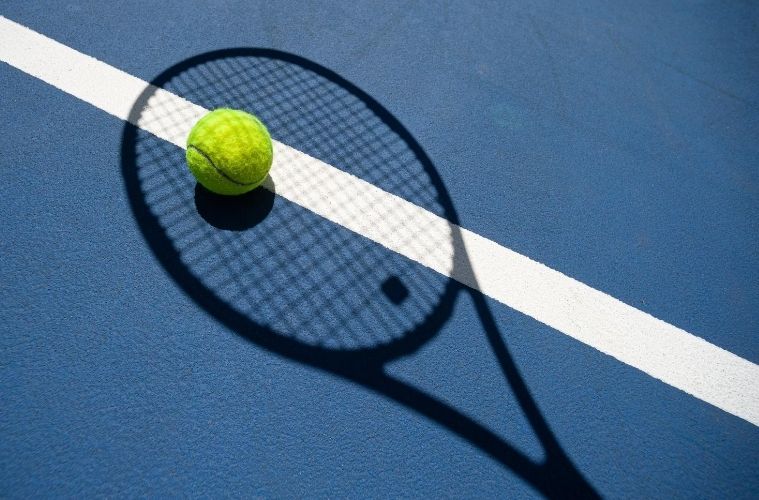Installing a home tennis court not only looks gorgeous when done right, but it also provides you with an incredibly fun reason to go outside. Whether you want to play tennis, pickle ball, or another compatible game, your court is going to be there to help you do it the right way. These tips to install a tennis court in your backyard will show you how to get the best court setup for your specific needs, from complying with local zoning codes to choosing a good surface material.
Don’t Break the Law
If you don’t check with local zoning laws and homeowners’ association regulations beforehand, you might end up violating one or multiple guidelines by installing a tennis court. Some areas will have restrictions on courts entirely, while some areas will allow court construction that fits within certain parameters. In other words, some local zoning laws and HOA regulations may require you to stick to a certain fence size, court surface, lighting arrangement, and so forth.
Be Picky When Perusing Surface Material
The type of court surface material you choose determines how you can play, as well as how much maintenance you’ll have to worry about in the long run. Grass tennis courts allow for fast-paced gameplay, while clay courts provide a slower gameplay style. Hard courts will provide you with a play style that is halfway between the fast pace of grass courts and the slower pace of clay. As far as maintenance goes, hard courts are low maintenance while clay and grass courts aren’t quite so easy-going.
Consider Investing in a Windscreen
Sometimes, mighty gusts of wind can ruin your tennis game. Additionally, sometimes that light green ball can be hard to see in the middle of matches. Both of these problems can be alleviated with the help of a windscreen. This form of protective covering minimizes the effect that gusts of wind will have on the ball. Plus, the dark color of the windscreen makes for a better backdrop since that green ball will stand out instead of blend in. Make sure to take the correct measurements beforehand to ensure the windscreen properly protects your court.
Don’t Forget About the Fence
After the court installation is complete, you should rectify some sturdy fencing around the court. Tennis court fencing isn’t simply an amenity; it’s a necessity. Installing a sturdy fence will ensure that the gameplay stays within the boundaries of the court. Instead of having to run all over your yard every time someone misses a shot or hits the ball too far, you can rest easy knowing the fence will keep the ball on the court at all times.
These tips to install a tennis court in your backyard will help you avoid big mistakes like violating local zoning laws or investing in the wrong surface material. With the right foresight, your tennis court installation will provide your property with an amenity that is as fun as it is aesthetically pleasing.

